Admittedly, kalmia is a bit tricky to grow and not inclined to flower well in our cooler, relatively sunless summers. But kalmia is enjoying a bit of a comeback. Newer varieties from the US seem to be more likely to flower as young plants and are in general much more floriferous. They are also generally smaller in size and this is probably linked to earlier flowering.
Just like heathers, rhododendrons and pieris, the flowers are open, rounded bells. Not immediately linked to heathers or rhododendrons, but a kind of half-way house between the two – bigger than heathers, but more bell shaped and not as open or as big as most rhododendrons. Carried in big bunches similar to rhododendrons, as is the size of the leaf, which varies depending on the species and variety, but can be as long as 15cm.
Most kinds have a lighter colour in the young leaves and being evergreens, this makes a nice contrast
The available cultivars are varied in their appearance. Some kinds are quite upright with narrow leaves pointed upwards, others are much more leafy in appearance, with floppy, large leaves. Most kinds have a lighter colour in the young leaves and being evergreens, this makes a nice contrast. Some kinds have light copper colours – a bit like pieris though not as bright – and others are light green.
There is usually some speckling in the throat of the flower
There are two main wild species, neither of which is likely to be seen for sale. The smaller of the two, reaching about chest height with smaller, more narrow leaves, is Kalmia angustifolia (sheep laurel) and the other, about twice its size, is Kalmia latifolia, the calico bush.
The calico bush is a great name, because the flowers have a calico pattern of white and pink, or often pink and red. There is usually some speckling in the throat of the flower. The flowers open from rounded buds of intensely rich colour and they last well on the bush.
Kalmia naturally likes moist retentive, humusy, acidic soil, the same as rhododendrons and pieris, but the ground must not be wet. It should also be in full sunshine in our climate, because these kalmias are used to hot, sunny summers in their native territory – but they are hardy against frost.
The newer varieties include the excellent ‘Ostbo Red’, red with pink insides; ‘Freckles’, pale pink with a ring of dark spots, ‘Minuet’, small with red banded flowers and a white edge; ‘Carousel’, white with starburst purple banding; ‘Elf’ a dwarf variety with pink flowers; ‘Little Linda’, red flowers on a miniature bush, and ‘Pink Charm’, red buds and bright pink flowers.
If acid soil is not available, a peat-bed will have to be made using acid soil
While these could be grown in a pot, and they do as well in a pot as pieris, for instance, they are best grown in the open ground. If acid soil is not available, a peat-bed will have to be made using acid soil, peat and amounts of decayed leaves, raised above soil level to a depth of at least 15cm.
But it is best if acid soil is available and they should be grown in a position of reasonable shelter, as warm and as sunny as possible. The books often talk about partial shade, but that is OK in North Carolina or some such place, where they get a real summer!
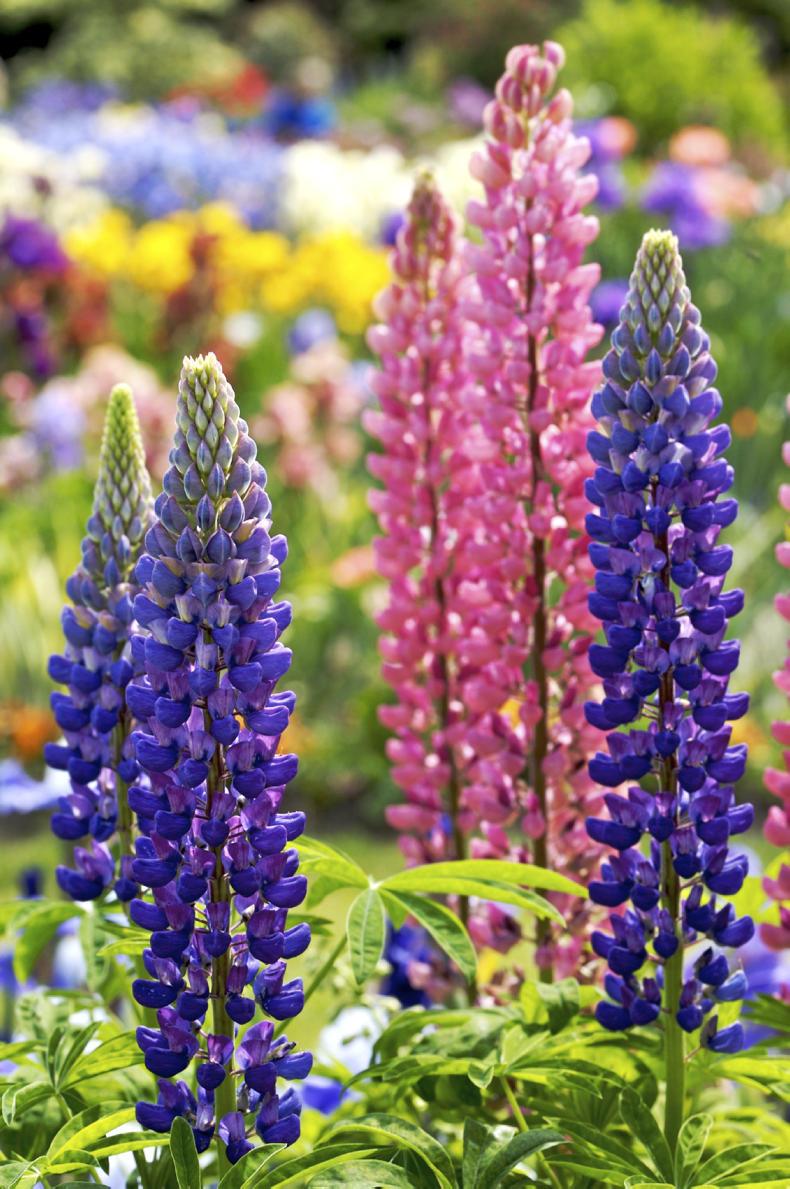
Lupins.
After a period out of fashion, lupins have become popular again. The colours are bright or pastel and there are bicoloured forms too. They are easy to grow from inexpensive purchased plants or from seeds sown now to flower next year, though some kinds are so vigorous that in good conditions, they might well produce a flower or two this autumn.
Lupins are so easy to grow that they often self-sow in good, fertile soil in gardens. Sowing your own collected seed can be interesting, because some new colours can appear from mixed varieties. Watch out for lupin aphid in late spring, and control it with a greenfly spray as soon as you notice it, because it can cause the total collapse and death of plants.
Fruit, vegetables and herbs
Make repeat sowings of lettuce, peas, carrots and the quick maturing salad vegetables. Thin out vegetables that have reached suitable size, and control weeds early. Plant out tender vegetables such as sweet corn, outdoor tomatoes and runner beans as soon as possible. Plant out herb plants, if not already done.
Trees, shrubs and roses
Spray susceptible roses against blackspot disease, especially in the damper parts of the country, but only after wet weather. Tie in the new shoots of climbing roses so that they will be in the correct position for training later. Prune early summer shrubs as they go out of flower, if necessary. It is best to thin out shrubs.
Lawn
Grass growth has generally recovered as the temperature has fluctuated up and down in recent weeks. Some lawns are looking very tired because of leaching by rain and low fertility, but some have grown quite well. Feed if necessary at this stage. Trim the edges around flower beds or borders to keep grass tidy and neat.
Flowers
Bedding plants should be planted up by now, but there is still time to get value if you were delayed. Be sure to water the young plants immediately after planting out and every few days, in the absence of heavy rain, until they are actively growing. A liquid feed to the leaves will encourage rapid establishment.
Greenhouse and house plants
It is late, but not too late, to plant out greenhouse tomatoes, chilli peppers, cucumbers and sweet peppers. Continue to feed greenhouse plants strongly and continue to water well. House plants can be re-potted now and this should not be delayed.
Read more
The Garden Diaries: fabulous favourites fail to flower
In the garden with Gerry Daly: sparkling sun roses
Admittedly, kalmia is a bit tricky to grow and not inclined to flower well in our cooler, relatively sunless summers. But kalmia is enjoying a bit of a comeback. Newer varieties from the US seem to be more likely to flower as young plants and are in general much more floriferous. They are also generally smaller in size and this is probably linked to earlier flowering.
Just like heathers, rhododendrons and pieris, the flowers are open, rounded bells. Not immediately linked to heathers or rhododendrons, but a kind of half-way house between the two – bigger than heathers, but more bell shaped and not as open or as big as most rhododendrons. Carried in big bunches similar to rhododendrons, as is the size of the leaf, which varies depending on the species and variety, but can be as long as 15cm.
Most kinds have a lighter colour in the young leaves and being evergreens, this makes a nice contrast
The available cultivars are varied in their appearance. Some kinds are quite upright with narrow leaves pointed upwards, others are much more leafy in appearance, with floppy, large leaves. Most kinds have a lighter colour in the young leaves and being evergreens, this makes a nice contrast. Some kinds have light copper colours – a bit like pieris though not as bright – and others are light green.
There is usually some speckling in the throat of the flower
There are two main wild species, neither of which is likely to be seen for sale. The smaller of the two, reaching about chest height with smaller, more narrow leaves, is Kalmia angustifolia (sheep laurel) and the other, about twice its size, is Kalmia latifolia, the calico bush.
The calico bush is a great name, because the flowers have a calico pattern of white and pink, or often pink and red. There is usually some speckling in the throat of the flower. The flowers open from rounded buds of intensely rich colour and they last well on the bush.
Kalmia naturally likes moist retentive, humusy, acidic soil, the same as rhododendrons and pieris, but the ground must not be wet. It should also be in full sunshine in our climate, because these kalmias are used to hot, sunny summers in their native territory – but they are hardy against frost.
The newer varieties include the excellent ‘Ostbo Red’, red with pink insides; ‘Freckles’, pale pink with a ring of dark spots, ‘Minuet’, small with red banded flowers and a white edge; ‘Carousel’, white with starburst purple banding; ‘Elf’ a dwarf variety with pink flowers; ‘Little Linda’, red flowers on a miniature bush, and ‘Pink Charm’, red buds and bright pink flowers.
If acid soil is not available, a peat-bed will have to be made using acid soil
While these could be grown in a pot, and they do as well in a pot as pieris, for instance, they are best grown in the open ground. If acid soil is not available, a peat-bed will have to be made using acid soil, peat and amounts of decayed leaves, raised above soil level to a depth of at least 15cm.
But it is best if acid soil is available and they should be grown in a position of reasonable shelter, as warm and as sunny as possible. The books often talk about partial shade, but that is OK in North Carolina or some such place, where they get a real summer!

Lupins.
After a period out of fashion, lupins have become popular again. The colours are bright or pastel and there are bicoloured forms too. They are easy to grow from inexpensive purchased plants or from seeds sown now to flower next year, though some kinds are so vigorous that in good conditions, they might well produce a flower or two this autumn.
Lupins are so easy to grow that they often self-sow in good, fertile soil in gardens. Sowing your own collected seed can be interesting, because some new colours can appear from mixed varieties. Watch out for lupin aphid in late spring, and control it with a greenfly spray as soon as you notice it, because it can cause the total collapse and death of plants.
Fruit, vegetables and herbs
Make repeat sowings of lettuce, peas, carrots and the quick maturing salad vegetables. Thin out vegetables that have reached suitable size, and control weeds early. Plant out tender vegetables such as sweet corn, outdoor tomatoes and runner beans as soon as possible. Plant out herb plants, if not already done.
Trees, shrubs and roses
Spray susceptible roses against blackspot disease, especially in the damper parts of the country, but only after wet weather. Tie in the new shoots of climbing roses so that they will be in the correct position for training later. Prune early summer shrubs as they go out of flower, if necessary. It is best to thin out shrubs.
Lawn
Grass growth has generally recovered as the temperature has fluctuated up and down in recent weeks. Some lawns are looking very tired because of leaching by rain and low fertility, but some have grown quite well. Feed if necessary at this stage. Trim the edges around flower beds or borders to keep grass tidy and neat.
Flowers
Bedding plants should be planted up by now, but there is still time to get value if you were delayed. Be sure to water the young plants immediately after planting out and every few days, in the absence of heavy rain, until they are actively growing. A liquid feed to the leaves will encourage rapid establishment.
Greenhouse and house plants
It is late, but not too late, to plant out greenhouse tomatoes, chilli peppers, cucumbers and sweet peppers. Continue to feed greenhouse plants strongly and continue to water well. House plants can be re-potted now and this should not be delayed.
Read more
The Garden Diaries: fabulous favourites fail to flower
In the garden with Gerry Daly: sparkling sun roses





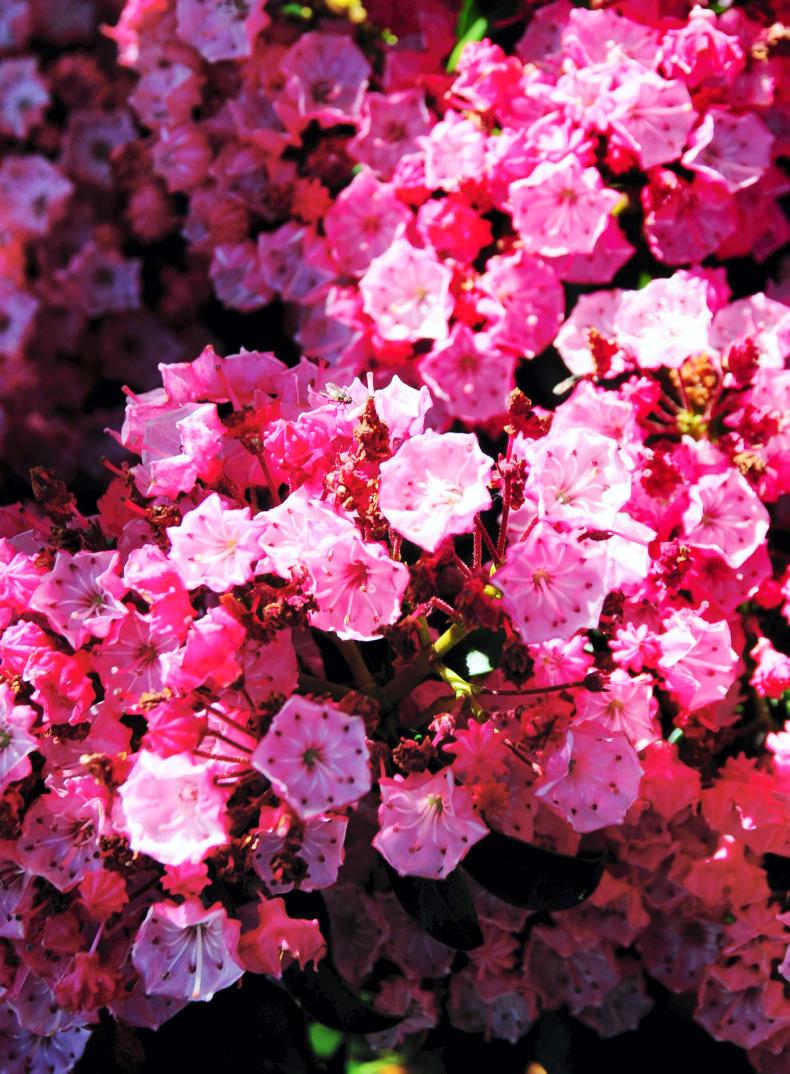
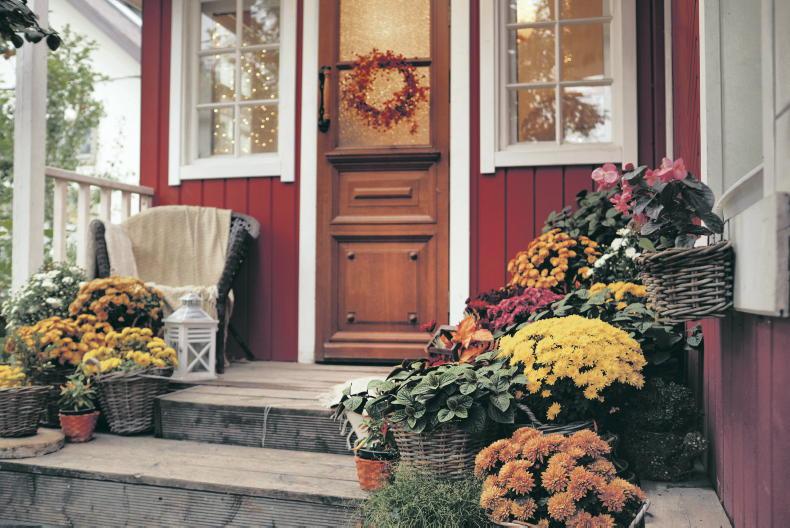
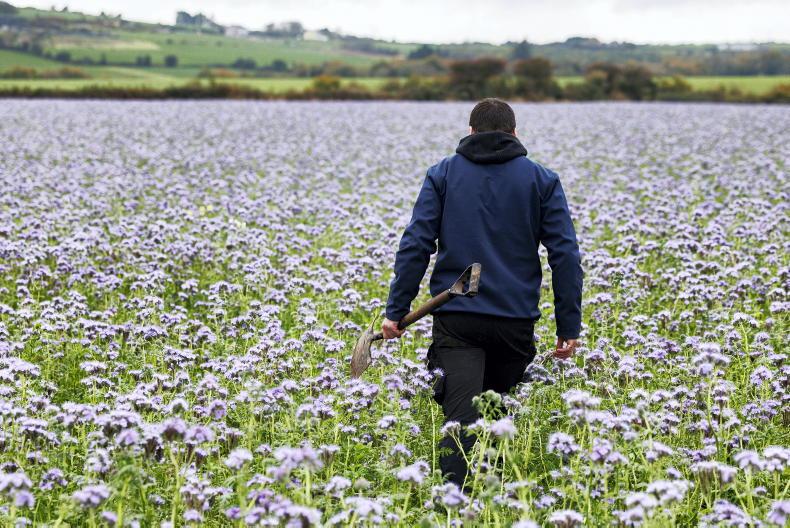

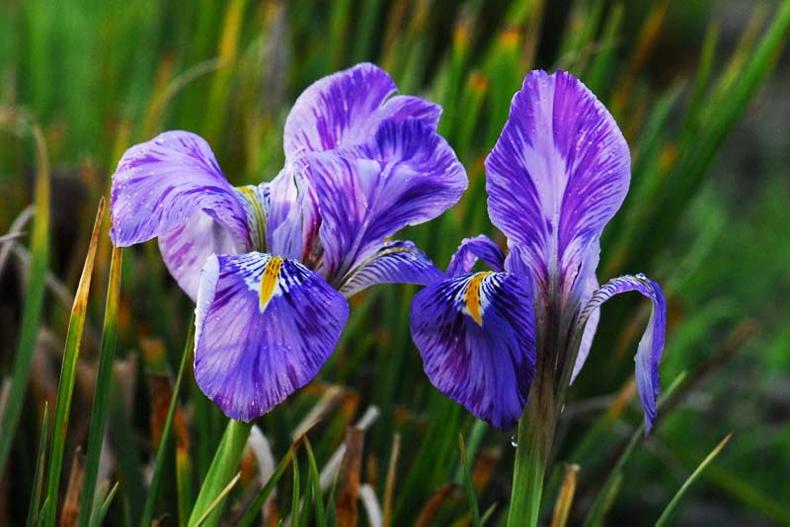
SHARING OPTIONS